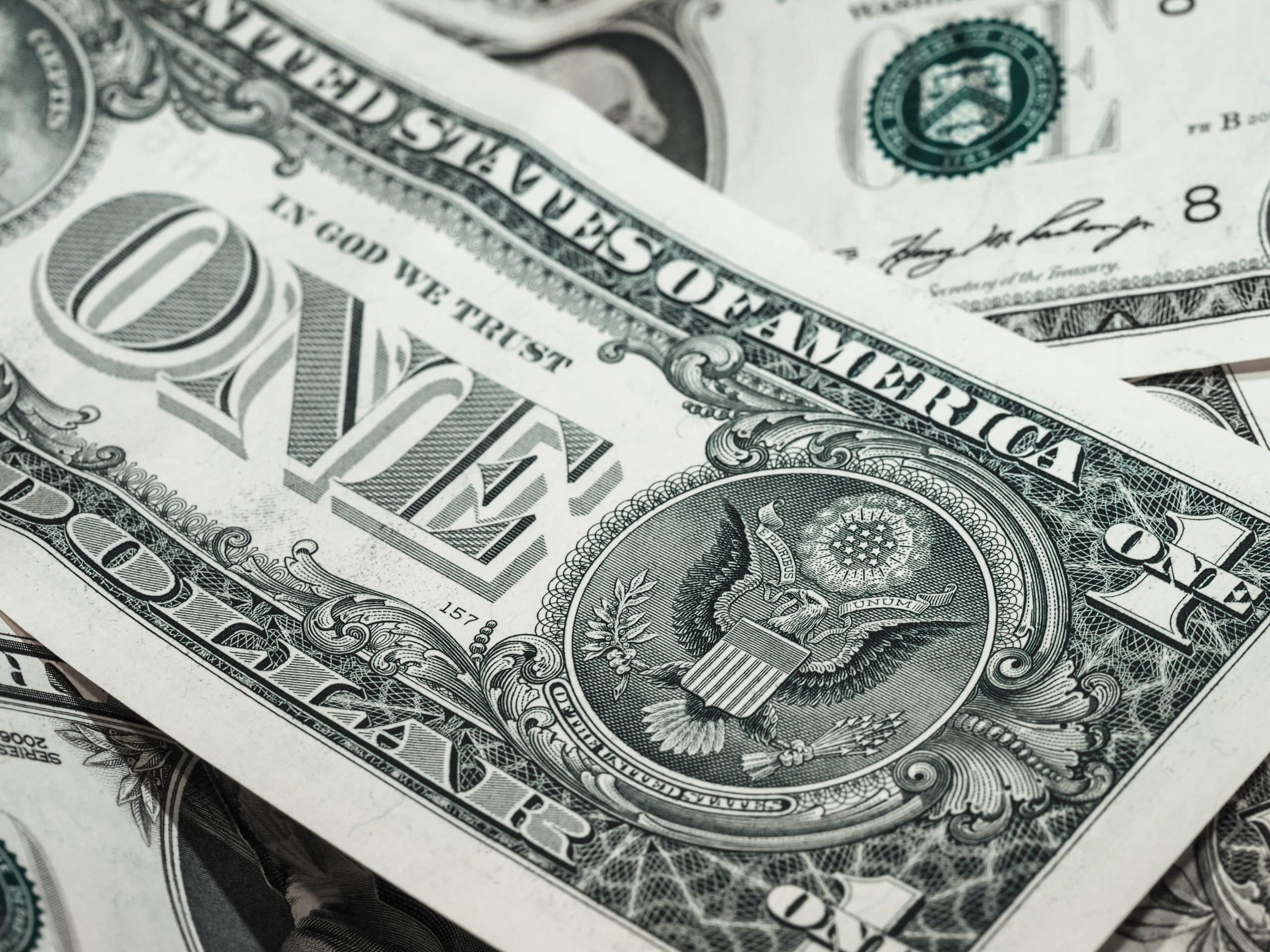
How to Build an Emergency Fund When You’re Broke
You’re here, looking for ways to save money and build an emergency fund, so chances are you’ve already read tons of articles. You know the ones, they’re telling you to “stop eating out” in order to build an emergency fund. If you’re broke, you stopped eating out a long time ago out of necessity, so you need better ideas. What else can be cut from the budget?
6 New Ideas For Building an Emergency Fund When You’re Broke
Just because you don’t currently have any excess money, doesn’t mean that you won’t be able to create an emergency fund. It just means that you need to be creative, and look at the problem differently.
Look with Fresh Eyes
This is super important, ok? Take a look at your situation with a fresh set of eyes. This means taking a step (or two) back and looking at everything objectively. With no stress or emotion involved, write everything out. I know, I know, you’ve done this a million times before. This time is different, because you’re ready for a change. When you’re motivated, things will be easier.
Be Thorough
Start by going through your bank statements from the past 90 days. Print them off if you can, and highlight any purchases that were necessary. This means mortgage, electric, gas for the cars, and other bills you must pay each month. Write them out on a piece of paper, or use a spreadsheet if you’re into that computer stuff.
Once you’ve listed out all of the necessities (including ones that might not be on your bank statements for some reason), it’s time to move on to the other expenses. This will include any times you’ve eaten out, spent a few extra bucks at the gas station on Lotto tickets or on soda, any time you’ve gone to the movies, or spent $150 at the grocery store when you could’ve gotten by with $100. Be honest with yourself in this step especially!
Everything should be listed out, but if anything is missing, now is the time to add it in. Every single thing you’ve spent money on in the past 90 days should be listed at this point. If you notice any habits (yes, like eating out or gas station trips for snacks), take notes in the margins so you know it’s something that needs to be worked on.

Get Everyone on Board
When your partner knows you’re getting serious about saving, they are more likely to help you say ‘no’ to impulse purchases. They’re also more likely to say “no” to their own impulse purchases! Now, if you have a partner who isn’t as supportive, consider purchasing some pre-paid cards for them to use. When they’re out of money, they’re out of money and that’s that.
You can use pre-paid gift cards to help keep everyone in the family in line, even yourself!
Create family goals, not just individual goals, and talk about why you’re saving for an emergency fund. Have a family meeting and discuss what your life looks like right now. Compare it to what your life will look like in five years if you stay on budget and continue working towards your financial goals.
Get Creative with Saving
Pretend I told you: Start a garden.
If you said, “but it costs money to start a garden”, you’d be right. Or perhaps, you’ll say, “but we don’t have the space for a garden”. That might be true, too.
I don’t actually want you to start a garden (unless you think it can help you create an emergency fund), but rather I want to get your brain into a brainstorming mode, where you can think of the pros and cons to different things, as well as see the potential in things that you didn’t before.
Like a garden, an emergency fund can be so important, but for some of us it’s been seen as more of a luxury for many years. That’s not how we’re thinking anymore! We’re going to do what it takes to make that emergency fund happen.
A creative saving idea to get you thinking: Start using cash and save your change. It worked for generations before us, and can still work today. Put it in a gallon wine jug if that makes you nostalgic (that’s what my mom did).
How else can you save small amounts of money?
Cut Things Out
Remember that list you made earlier? Get serious about cutting out the extras. If you’ve already done that and the fat has truly been trimmed down to the bone, move on to the next step: make more money.

Make More Money
Seriously? “Make more money”, that’s your magical secret to creating an emergency fund? Again, hear me out! Since you’re reading this online, I’m going to tell you this: you can make money online. Right now. Using your computer (and your brain), there are so many ways to make extra money for your bills and for your emergency fund.
Survey sites and giveaways take the most time for the least payout, in most instances, but can be worth it if you have a lot of extra time. If you can get a schedule down, I know some people who make a few hundred bucks a month with surveys and have won some awesome giveaways (like trips and high value gift cards!).
There are many other ways to make money online, such as starting a blog (long-term but steady income), being an affiliate (short and long term but depends on the amount of people you can reach), and direct sales are just a few options.
Beware of scams. Never pay to start a job online! If you have to pay for training, or an ebook or a course, that’s totally fine. Paying to work an actual job with a W-2 is not. In many cases, you’ll be getting a 1099 if you make a certain amount online, so beware of that for tax purposes.
Building Your Emergency Fund
Once you’ve got your bills and spending under control, and you’ve started making a little extra cash, it’s time to start building your fund. Deposit your change once every few months, like we talked about above. That will be enough to get you started. Then, start adding $5 or $10 per week, working your way up. Eventually, you’ll realize you can make even more money by having a yard sale a few times a year, offering tutoring lessons to your friend’s kid, or trading your car in for an older one so you cut out car payments. Building an emergency fund will never be a “one size fits all” approach, so use the tips in this article as well as the ones you came up with while you were in brainstorming mode to keep moving forward.



